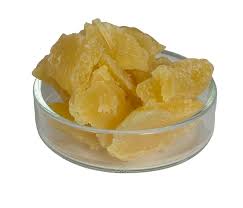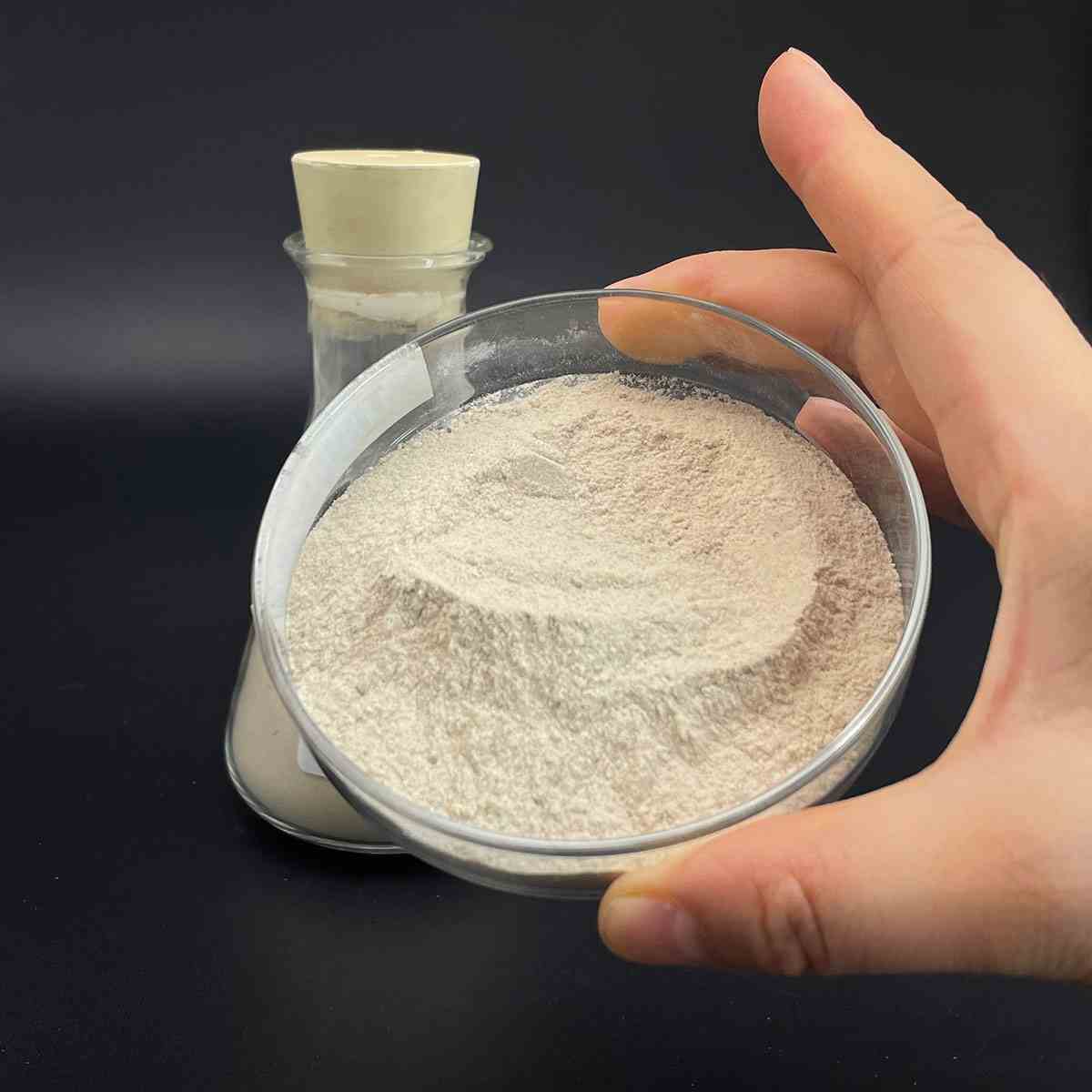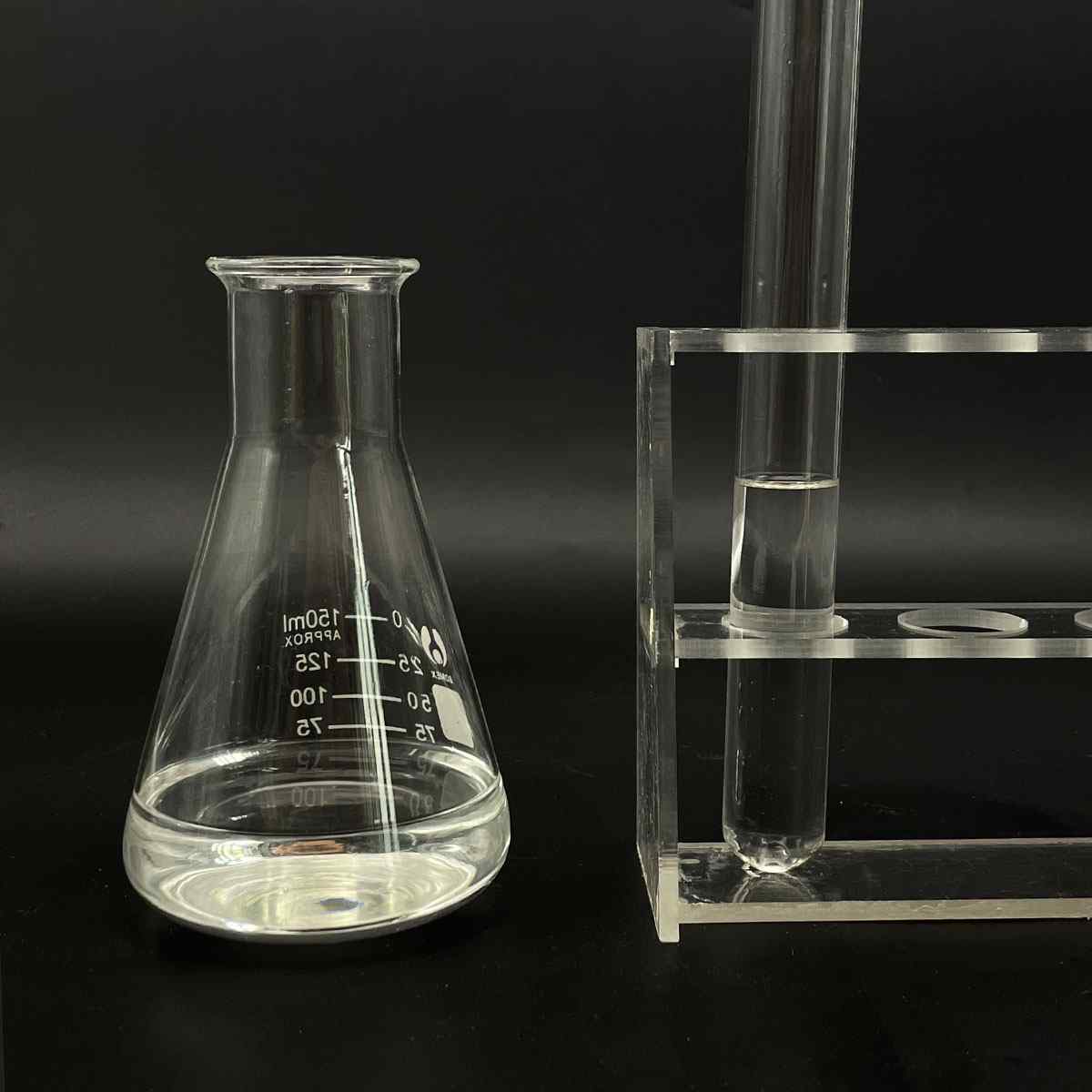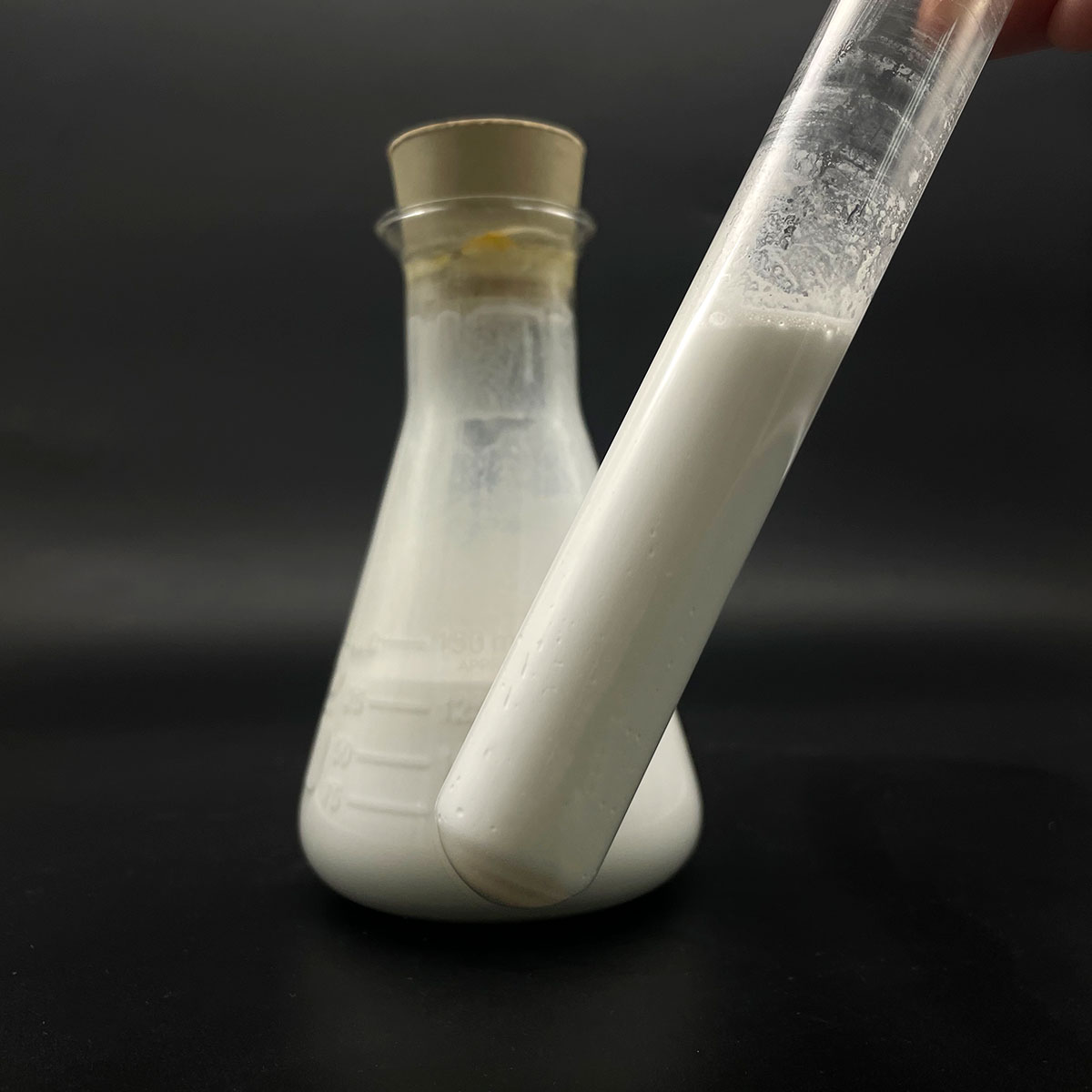Overview of Polyacrylamide PAM Flocculant Cationic Anionic Nonionic Sewage Sludge Dewatering Filtration Water Treatment Chemicals Coagulant Polyacrylamide
Nonionic surfactants are a class of surface-active agents that do not carry an electrical charge in aqueous solutions, distinguishing them from ionic surfactants like cationics and anionics. They are composed of a hydrophilic (water-loving) head group and a hydrophobic (oil-loving) tail, which allows them to reduce surface tension between fluids and facilitate interactions between substances that are normally immiscible. Their neutrality makes them stable over a wide pH range and compatible with other types of surfactants, making them highly versatile in numerous applications.
Features of Polyacrylamide PAM Flocculant Cationic Anionic Nonionic Sewage Sludge Dewatering Filtration Water Treatment Chemicals Coagulant Polyacrylamide
-
Neutral Charge: Lack of charge leads to compatibility with both anionic and cationic substances, reducing the risk of precipitation or instability in formulations.
-
Wide pH Stability: Function effectively across a broad pH range, making them suitable for diverse chemical environments.
-
Solubility: Readily soluble in both water and organic solvents, enhancing their utility in cleaning, emulsification, and dispersion processes.
-
Low Foam Profile: Many nonionic surfactants generate less foam compared to their ionic counterparts, beneficial in applications where excessive foam is undesirable.
-
Wetting and Spreading: Excellent at reducing surface tension, promoting wetting and spreading of liquids on surfaces, improving cleaning and coating processes.
-
Emulsification: Efficiently stabilize oil-in-water or water-in-oil emulsions, depending on their structure, which is crucial in formulations like cosmetics, agrochemicals, and food products.

(Polyacrylamide PAM Flocculant Cationic Anionic Nonionic Sewage Sludge Dewatering Filtration Water Treatment Chemicals Coagulant Polyacrylamide)
Specification of Polyacrylamide PAM Flocculant Cationic Anionic Nonionic Sewage Sludge Dewatering Filtration Water Treatment Chemicals Coagulant Polyacrylamide
Polyacrylamide (PAM) is a high-molecular-weight polymer commonly used as a flocculant, coagulant, and sludge dewatering representative in water treatment procedures. Readily available in cationic, anionic, and nonionic types, PAM successfully addresses varied wastewater obstacles by advertising particle gathering, improving solid-liquid splitting up, and boosting filtration efficiency.
** Cationic PAM ** brings a favorable cost, making it optimal for treating organic sludge and wastewater containing negatively charged fragments, such as community sewage, papermaking effluents, and coloring wastewater. Its high fee thickness ensures strong binding with put on hold solids, facilitating fast flocculation. ** Anionic PAM **, with a negative charge, masters dealing with not natural suspensions like mineral handling wastewater, coal washing, and metallurgical effluents. It works synergistically with not natural coagulants (e.g., light weight aluminum sulfate) to form thick flocs. ** Nonionic PAM **, uncharged, is versatile for acidic or alkaline problems, commonly made use of in oil-field injection, chemical wastewater, and river sedimentation.
** Secret Specifications **:.
– ** Molecular Weight **: Ranges from 5– 25 million Daltons, adjustable for details applications.
– ** Ionicity **: Cationic (5– 60%), anionic (10– 40%), or nonionic (≤ 5%), customized to charge requirements.
– ** Look **: White granular or powdered form.
– ** Solubility **: Liquifies in water within 60– 90 minutes, forming a thick solution.
– ** pH Tolerance **: Effective across pH 3– 10 (cationic/anionic) or pH 1– 14 (nonionic).
– ** Dosage **: Normally 0.1– 10 ppm, enhanced based upon water top quality.
– ** Shelf Life **: 2 years when stored in a cool, completely dry atmosphere.
** Applications **:.
– ** Municipal & Industrial Wastewater **: Removes put on hold solids, organic matter, and hefty metals.
– ** Sludge Dewatering **: Decreases moisture material in sludge by means of centrifuges, belt presses, or filter plates.
– ** Mining & Mineral Processing **: Settles tailings and recoups beneficial products.
– ** Oil & Gas **: Separates oil-water solutions and deals with boring liquids.
** Safety & Handling **: PAM is non-toxic however requires cautious handling to avoid dirt inhalation. Use protective equipment during dissolution. Avoid combining with strong oxidizers. Pre-dissolve in water before application to make sure consistent diffusion.
Polyacrylamide’s flexibility, performance, and cost-effectiveness make it vital in modern-day water treatment systems, making certain conformity with environmental standards while enhancing functional productivity.

(Polyacrylamide PAM Flocculant Cationic Anionic Nonionic Sewage Sludge Dewatering Filtration Water Treatment Chemicals Coagulant Polyacrylamide)
Applications of Polyacrylamide PAM Flocculant Cationic Anionic Nonionic Sewage Sludge Dewatering Filtration Water Treatment Chemicals Coagulant Polyacrylamide
Polyacrylamide (PAM) is a functional polymer widely utilized as a flocculant, coagulant, and dewatering representative in water therapy and sludge administration. Available in cationic, anionic, and nonionic kinds, PAM is customized to resolve diverse industrial and local difficulties, optimizing solid-liquid splitting up processes. Its one-of-a-kind molecular structure makes it possible for effective aggregation of suspended bits, boosting purification, clarifying water, and decreasing sludge volume.
** Cationic Polyacrylamide ** is perfect for sewer sludge dewatering, particularly in organic-rich atmospheres like local wastewater. The positive cost neutralizes adversely billed particles in sludge, advertising flocculation and improving mechanical dewatering efficiency. It is effective in belt filter presses, centrifuges, and plate-and-frame presses, decreasing moisture content and disposal costs.
** Anionic Polyacrylamide ** masters dealing with inorganic sludges or high-pH wastewater, commonly found in mining, mineral handling, and construction. The negatively billed polymer bridges colloidal fragments, creating bigger flocs that settle swiftly. It is likewise made use of in alcohol consumption water therapy to eliminate turbidity and hefty steels.
** Nonionic Polyacrylamide ** runs successfully in neutral or acidic conditions, making it suitable for commercial wastewater with variable pH degrees. Its uncharged framework relies upon hydrogen bonding to bind great bits, frequently used in fabric, paper, and chemical markets.
** Applications **:.
– ** Sewage Sludge Dewatering **: PAM lowers sludge quantity by as much as 90%, reducing transport and land fill costs.
– ** Water Therapy **: Work as a coagulant to get rid of put on hold solids, organic matter, and virus in local and industrial wastewater.
– ** Filtering Improvement **: Improves quality in procedure water, stormwater, and effluent discharge.
– ** Industrial Usage **: Vital in oil recuperation, pulp/paper manufacturing, and mining for tailings management and water recycling.
** Benefits **:.
– ** High Effectiveness **: Marginal dosage attains fast flocculation.
– ** Cost-efficient **: Decreases power and functional costs in dewatering.
– ** Ecologically Safe **: Safe and naturally degradable when developed effectively.
– ** Convenience **: Versatile to differing water chemistries and sludge types.
PAM is a cornerstone of modern water treatment, providing scalable remedies for sustainable sludge administration and clean water production. Proper choice of ionic kind and dosage makes sure ideal performance, aligning with governing requirements and environmental goals.
Company Profile
SurfactantChina is a trusted global chemical material supplier & manufacturer with over 12-year-experience in providing super high-quality surfactant and relative products.
The company has a professional technical department and Quality Supervision Department, a well-equipped laboratory, and equipped with advanced testing equipment and after-sales customer service center.
If you are looking for high-quality surfactant and relative products, please feel free to contact us or click on the needed products to send an inquiry.
Payment Methods
L/C, T/T, Western Union, Paypal, Credit Card etc.
Shipment
It could be shipped by sea, by air, or by reveal ASAP as soon as repayment receipt.
5 FAQs of Polyacrylamide PAM Flocculant Cationic Anionic Nonionic Sewage Sludge Dewatering Filtration Water Treatment Chemicals Coagulant Polyacrylamide
Polyacrylamide (PAM) is a synthetic polymer used as a flocculant in water treatment to bind suspended particles, forming larger clumps (flocs) that settle or filter out easily. Its charged molecular chains neutralize particle charges, enabling aggregation. PAM is categorized into cationic (positively charged), anionic (negatively charged), and nonionic (no charge), each suited for different wastewater conditions.
Cationic PAM is ideal for organic sludge (e.g., municipal sewage) due to its positive charge, which binds negatively charged organic matter. Anionic PAM works best with inorganic materials (e.g., mineral sludge) in alkaline conditions, using charge bridging. Nonionic PAM is used in neutral or acidic water with low ionic content, relying on hydrogen bonding for particle adhesion.
In sewage sludge dewatering, PAM is diluted and mixed into sludge, creating flocs that release water efficiently. This improves dewatering via centrifuges, filter presses, or belt presses, reducing sludge volume and disposal costs. The choice of PAM type depends on sludge composition and equipment.
Dosage varies (0.1–1 kg per ton of sludge) based on sludge concentration, pH, and organic content. Overdosing causes gel-like sludge, hindering dewatering. Lab tests determine optimal dosage. Start low and adjust based on floc size and clarity.
PAM is generally safe when handled properly. Use gloves and goggles to avoid irritation. While PAM itself is non-toxic and biodegradable, residual acrylamide monomer (a neurotoxin) must meet regulatory limits (<0.1% in drinking water applications). Store in cool, dry conditions to prevent clumping or degradation. Follow local disposal guidelines to minimize environmental impact.

(Polyacrylamide PAM Flocculant Cationic Anionic Nonionic Sewage Sludge Dewatering Filtration Water Treatment Chemicals Coagulant Polyacrylamide)





